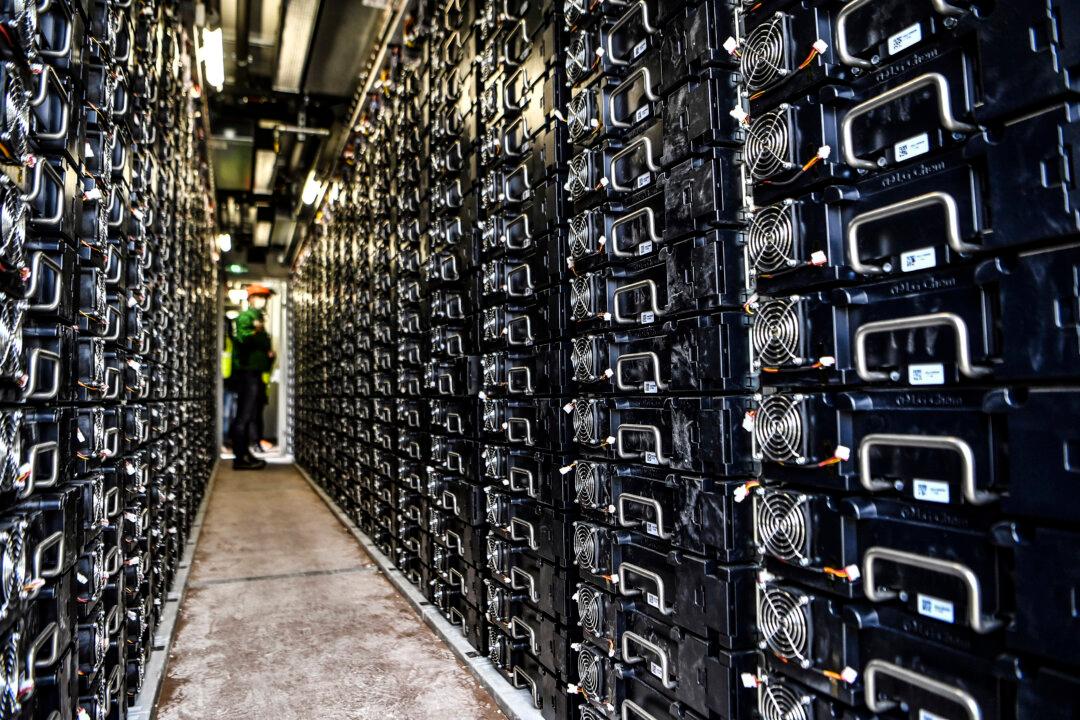While humans’ capacity to protect themselves from nature has grown considerably, humanity remains subject to the regularity of the tides and the whims of the weather. Despite our steadily growing appreciation of how complex natural and social processes really are, we have convinced ourselves that we can understand and control how events will unfold. The illusion of control has steadily advanced as computers have allowed us to create virtual worlds where humans control the flow of data and the rules of the game. All virtual worlds are, by definition, self-consistent. Once data are digitized, the algorithms can go to work. Most importantly, self-consistency allows precise goals to be set and metrics that allow for measuring progress toward those goals. Events occurring outside the well-defined virtual world are only indirectly accounted for, if at all.

Unusual cloud formation by Mount Potosi, Spring Mountain National Recreation Area, Humboldt-Toiyabe National Forest, on March 2, 2011. Kelly Jaggers Turner/U.S. Forest Service
Commentary
For nearly three decades, Dr. Iddo K. Wernick has worked on measuring and analyzing how technology systems influence societal resource consumption and the natural environment. He is currently a Senior Research Associate at The Rockefeller University's Program for the Human Environment.
Author’s Selected Articles

